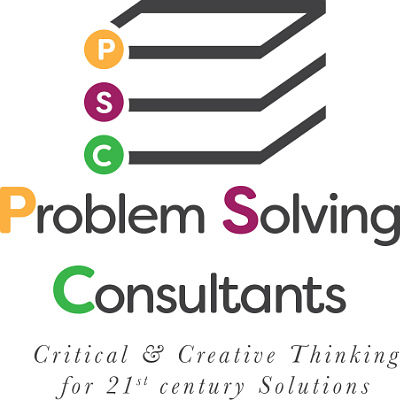Arizona watched the antics of the Superintendent of Schools and other public education officials in total dismay. The latest was a scuffle over a microphone at a public meeting. No one is paying attention to the fact that Arizona ranks virtually dead last in the country for public education. And the top state officials are in a contest over a microphone? Seriously?
Why is this issue important to those in the corporate world? American companies are looking overseas for qualified workers because the U.S. is producing too few STEM qualified workers. The Phoenix area reportedly lost an opportunity to have two major tech companies relocate to the area because of the lack of qualified workers. Even more telling was the reluctance of management staff to relocate their families to a state where public education is obviously held in low regard.
If business in the U.S. is to remain competitive and commit to hiring qualified American workers, business leaders are going to have to step up and help the education side of the house. This has been done in the past and continues in some regions. Leaders in business and communities will need to exercise their leadership skills to insure the American public education system becomes second to none and insure that future generations have a solid foundation in the educational essentials that will take their businesses well into the 21st century. Americans must realize that having students graduate from high school with the skills of a sixth grader will insure that they qualify only for menial jobs, nothing like the highly technical positions the job market of the 21st century demands. When are we going to implement the needed changes to our public education model?
